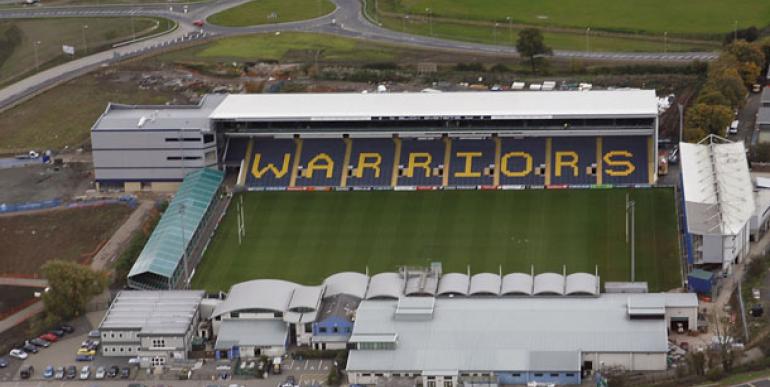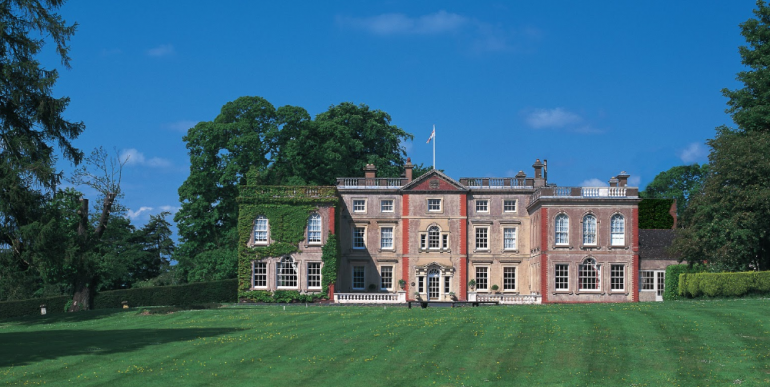There is both a rural and an urban aspect to Worcestershire. The area around Evesham was famed for its asparagus, whereas Kidderminster and Worcester were famed for its carpets and porcelain.
Worcestershire is dominated by two sets of hills. One is the Clent Hills which forms a physical boundary with the Black Country (in the West Midlands). From the Clent Hills, it is possible to see Kidderminster, Ironbridge Power Station and Dudley Castle.
The other set of hills can also be seen from the Clent Hills. The Malvern Hills, which are shared with Herefordshire. Culturally, the borough is linked with composer Sir Edward Elgar. A walk along the Malvern Hills would inspire his greatest pieces.
Today, the solitude which inspired Sir Edward Elgar remains untainted from development. The eight mile long range of hills are protected by the Malvern Hills Conservators, a non-profit body created by an Act of Parliament. The Malvern Hills' views and geology makes for a popular walking location. It is crowned by the 1,394 feet tall Worcestershire Beacon. Below Sugar Loaf Hill is St. Ann's Well, one of 88 springs in and around Great Malvern. The building houses a café as well as its well, saved from demolition in the early 1960s from a campaign backed by poet laureate John Betjeman.
From the 1700s onwards, people would flock to take the Malvernian spa waters, with the 19th Century seeing Great Malvern become a fashionable spa resort. This was helped no less by the railway whose station hotel (now the Malvern Girls' College) was linked to the town's station by a pedestrian tunnel. In later years, it became a popular conference venue, owing to its hotels and the Floral Hall (now the Malvern Theatres). Today, it remains so, owing to excellent rail links and its proximity to Birmingham and Worcester. Other attractions in Great Malvern include the Malvern Priory, Malvern Museum (in the priory's gatehouse), art galleries and its wealth of independent shops.
Worcester is not without its charms. It is a vibrant centre with a number of Tudor buildings. Attractions include The Royal Worcester Porcelain museum, offering visitors a reminder of its most famed product. Other landmarks include the Cathedral, whereas the seven towered roof of The Hive central library is a more recent addition. If you like Rugby Union, Cricket, Horse Racing or Association Football, Worcester is a fantastic place. The Worcester Warriors Rugby Union side play on a modern ground off Junction 6 of the M5 motorway, whereas Worcestershire County Cricket Club, and the racecourse is on opposite sides of the River Severn.
At present, Worcester City F.C. is sharing Aggborough with Kidderminster Harriers prior to the completion of their new ground off Junction 7 of the M5. Kidderminster was famed for its carpets with Brintons being one manufacturer. It is also the southern terminus of the Severn Valley Railway preserved line to Bridgnorth. Its next stop, Bewdley, is a beautiful market town on the banks of the River Severn.
Other market towns worth visiting include Droitwich Spa, Upton-upon-Severn and Pershore. East of the M5 motorway along with Pershore is Evesham. The town was founded around an 8th century abbey, the third largest in England. From the oldest to one of the newest, Redditch expanded rapidly in the 1960s and 1970s as an overspill for Birmingham residents. Prior to then, it was a small town famed for manufacturing needles. The Forge Mill Needle Museum explores its past industry. Bordesley Abbey is on the same site.
Worcestershire is well connected with the rest of the West Midlands, the Home Counties and the East Midlands. It is criss-crossed by the M5, M42 and M50 motorways. By train, there is a wealth of local services from Great Malvern and Redditch to Birmingham New Street, Snow Hill and Moor Street stations. These aspects make Worcestershire a suitable and more rural alternative to the hustle and bustle.





